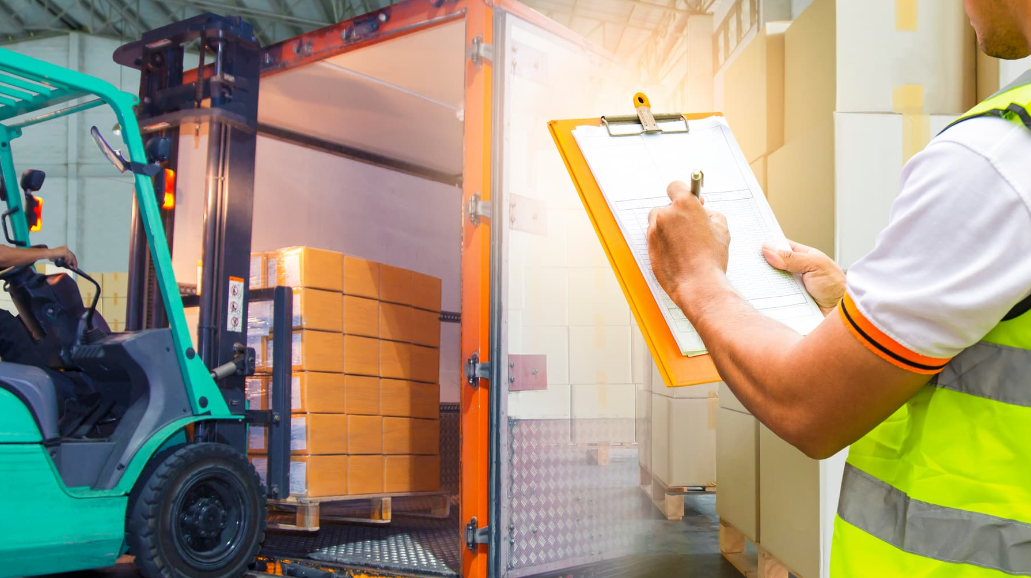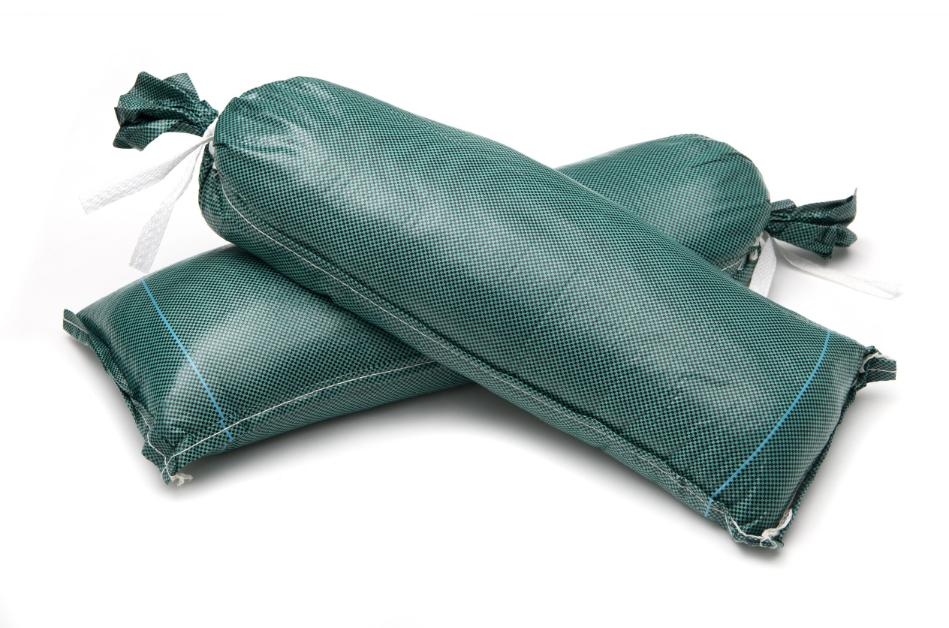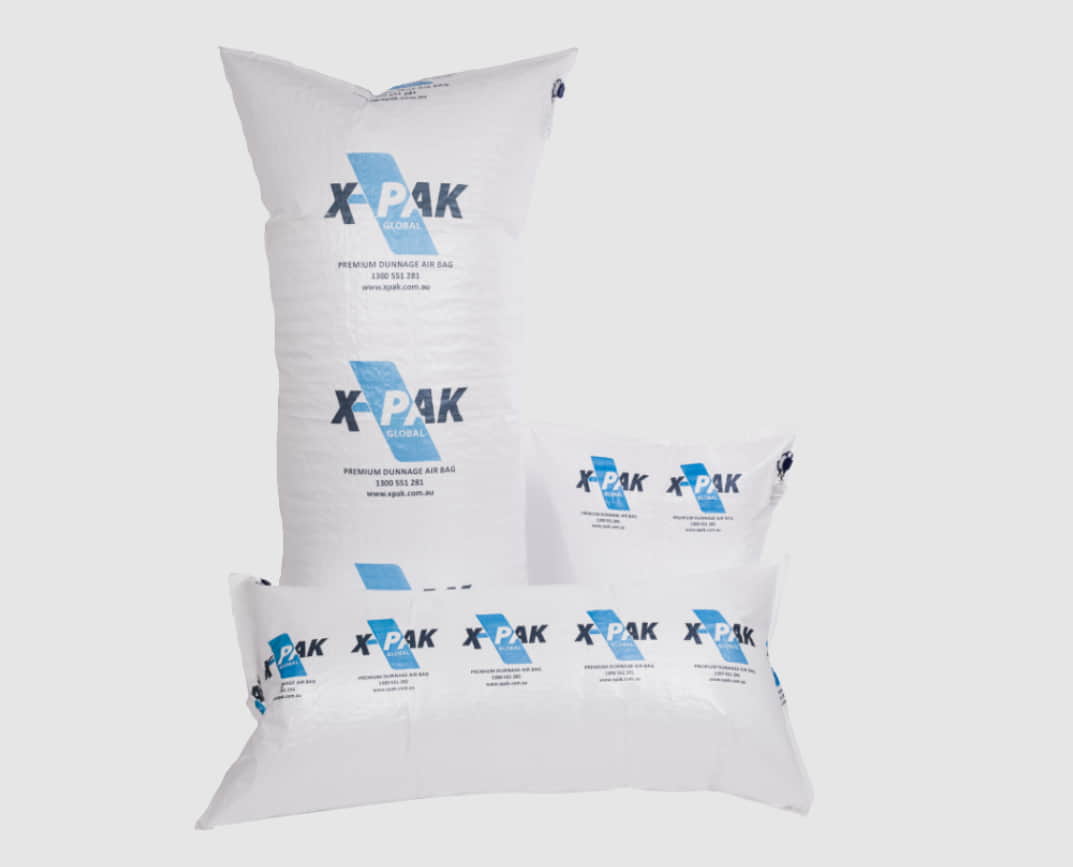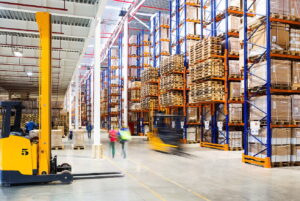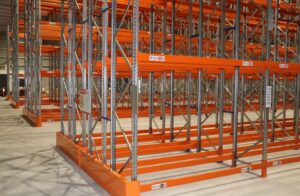The shipping industry is an essential part of global commerce, responsible for moving goods from one corner of the world to another. However, one of the significant challenges it faces is ensuring the safe and efficient transportation of cargo, particularly when it comes to mitigating moisture damage. This is where container desiccant packs come into play, bringing about a revolution in the industry.
The Threat of Moisture Damage
Moisture is a silent enemy in the shipping industry. It can lead to mildew, mould, rust, fungus, and corrosion, and even compromise the integrity of the packaging. This is particularly problematic for long ocean voyages where humidity levels can be high, and temperature fluctuations are common.
The Solution: Absorbent Pouches
Absorbent pouches, or desiccant packs as they are often called, are designed to control these moisture levels inside the packaging. These packs contain absorbent materials that draw in and retain moisture, effectively reducing the humidity inside the shipping container. This preventive measure helps to protect goods from the damaging effects of moisture during transit.
The Role of Dunnage Bags
In addition to moisture control, ensuring stability during transportation is a critical aspect of cargo safety. This is where dunnage bags make their entrance. These inflatable bags are strategically placed within the containers to fill voids and stabilize cargo loads, preventing unwanted movement during transit. Combined with desiccant packs, they offer a comprehensive solution for cargo protection.
The Effectiveness of Desiccants
Desiccants have proven highly effective at combating what is known as “container rain”. This phenomenon occurs when the temperature inside a container fluctuates, causing condensation to form on the walls and ceiling, which then drips onto the cargo below. By absorbing this excess moisture, desiccants prevent the formation of container rain, thus safeguarding the products within.
Different Types and Their Uses
There are different types of desiccants available, each with their unique properties and uses. Some use absorbent gel formulas, while others are made of porous materials. Regardless of their composition, all types serve the same purpose – to reduce humidity in the surrounding environment, protecting the goods from potential damage.
In conclusion, the shipping industry has found a powerful ally in the fight against moisture damage. Container desiccant packs are helping to ensure that goods reach their destination in the best possible condition. This revolution in cargo protection is not only improving the efficiency of global trade but also contributing to a reduction in waste and loss.

 Home
Home
